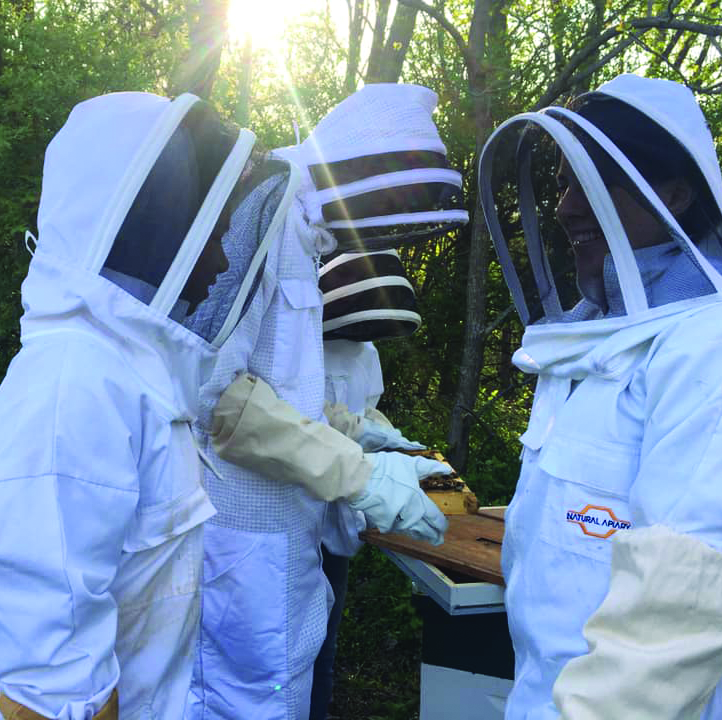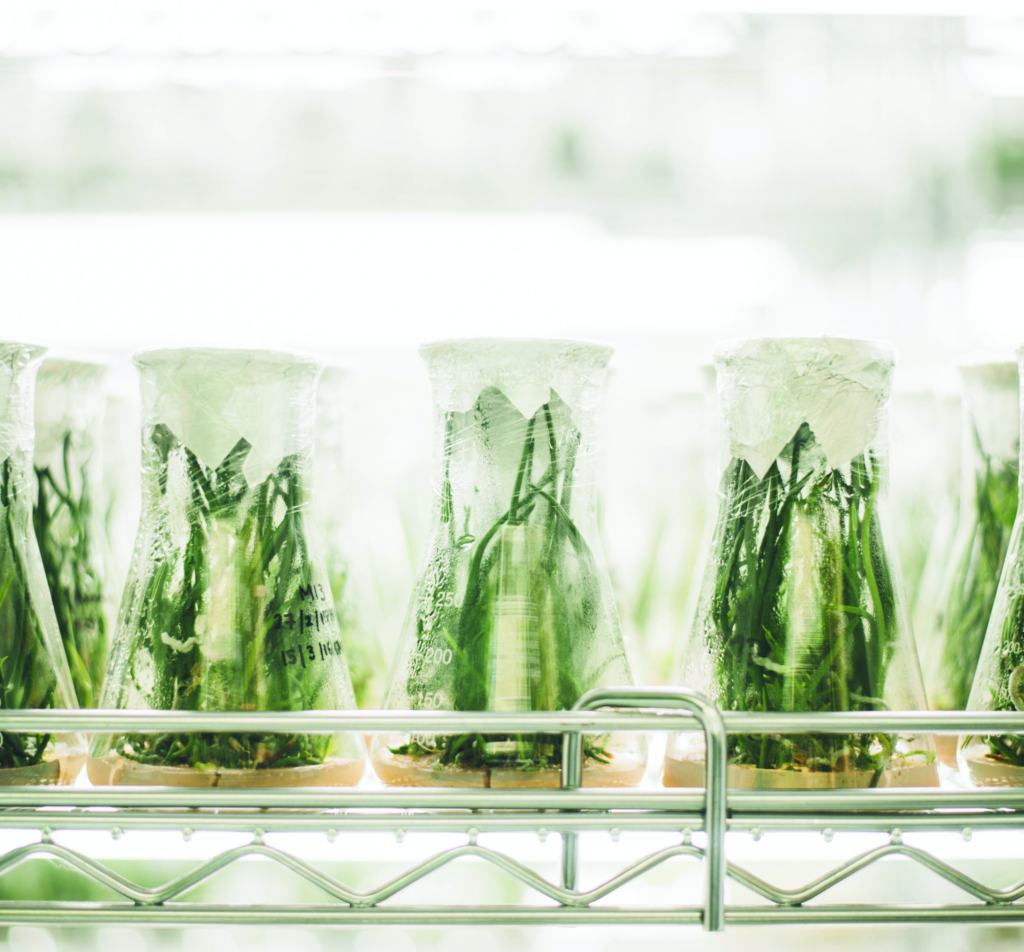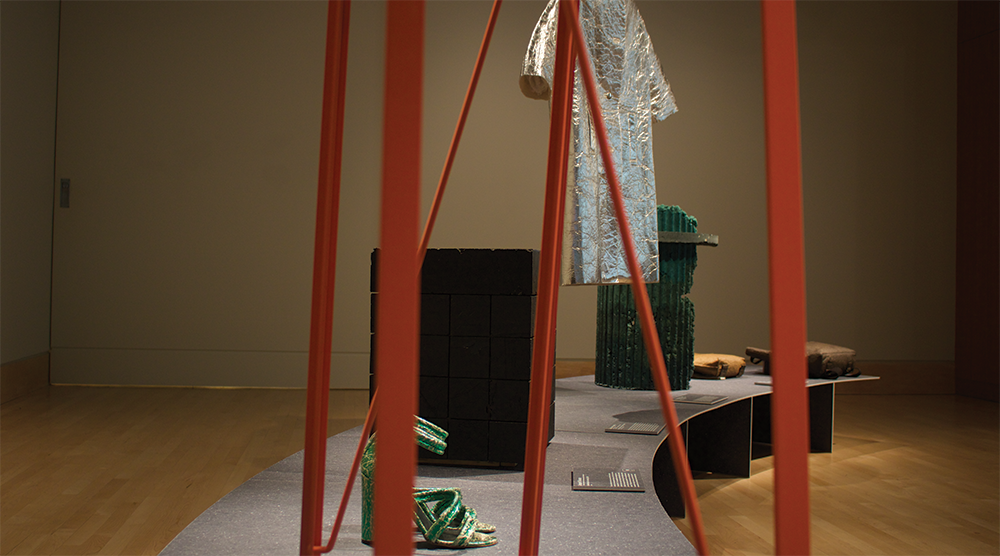The past 20 years have seen a rapid decline in the honey bee population, facilitated by industrial agriculture, climate change and damaging pesticides. While social media is abuzz with calls to “save the bees,” understanding the ecological role of bees and how the Georgetown University community specifically has taken action toward this environmental threat turns that trend into substantive action.
A thriving bee population benefits human livelihood and the broader environment as a whole, according to Cynthia Wei, associate teaching professor and director of science education within the School of Foreign Service’s science, technology and international affairs program.
“[Honey bees] play a critical role in pollination of many agricultural crops,” Wei wrote in an email to The Hoya. “Almonds, for example, are 100 percent dependent on honey bees, and commercial beekeepers ship their bees to California each year to pollinate almond orchards.”
Other crops like blueberries and peaches also depend on honey bees for pollination, making it clear that honey bees aid in the health of agricultural ecosystems, according to Wei.
“Humans fundamentally depend upon ecosystems to sustain life, from the air we breathe to the water we drink, so it’s critically important to conserve and restore ecosystems for the health of the planet and all its inhabitants,” Wei said.
Hoya Hive, the honey bee team within Georgetown Renewable Energy and Environmental Network, aids in awareness of ecosystem restoration and pollination. The team arose after Apis Saxa, a division of GREEN, won a grant to keep bees yet had no idea how to do so. To fulfill their bee-keeping aspirations, they worked on securing permissions, funding and site approval for the bee hives that exist on campus today, according to Elizabeth Nguyen (SFS ’21), the current president and founder of Hoya Hive.
The club, formally established during the 2018-19 school year, holds eight-session beekeeping classes at the hives by the observatory that are open to all students, typically at the beginning of each semester.
“[We are] trying to teach as many students as possible how to beekeep so that they can beekeep in the future,” Nguyen said.

Other public events hosted by Hoya Hive have included honey tastings and educational events with outreach groups, with the goal of increasing awareness about the importance of pollination. One educational event held last year hosted an artist from The Good of the Hive, an organization whose goal is to paint 50,000 bees across the world on murals.
Hoya Hive continues to grow in size and structure and recently established a “Bee Board” including various administrative positions. Allyse Smith (NHS ’21) is a Hoya Hive member who assists with the logistical aspects of the club and sees her time in the organization as very formative.
“I’ve always loved nature and getting involved in the Hoya Hive has taught me a lot about conserving biodiversity. It has changed the way I react to bees and it is something that has really marked my time here at Georgetown,” Smith said in an email to The Hoya.
Georgetown’s attention to the bees and pollination does not end with Hoya Hive. Georgetown is in the process of applying to be a “Bee Campus” through the Xerces Society, a conservation organization focused on pollinators, according to William Hahn, adjunct professor in the SFS and faculty mentor of Hoya Hive.
The Bee Campus project is a collaboration across Georgetown faculty, students, staff and other organizations such as D.C. Beekeepers Alliance and the D.C. Department of Energy and Environment. More importantly though, the “Bee Campus” project is broadly focused on the promotion of native pollinators, which includes butterflies and hummingbirds.
“In terms of honey bees being this magic wand to fix all the natural pollinator problems…that’s misguided,” Hahn said in an interview with The Hoya. “[The goal] is not just talking or teaching about conservation, but actually doing it.”
Efforts to support native pollinators through native plant gardens and nesting sites are exemplified by the Davis Garden under the Leavey Esplanade and at the podium at the Georgetown University Medical Center.
Education also comes in the form of a new beekeeping course, “Bees and Beekeeping,” which will be rolled out next semester and is intended to be accessible to those with or without a science background. The class will begin by studying the biology of honey bees and will spend the second half of the semester doing hands-on activities with the bee hives on campus.
Georgetown concentrates efforts not only on the role of honey bees as pollinators, but also native pollinators in general. Education on pollinators’ roles in ecosystem sustainability and biodiversity comes in the form of courses, clubs and conservation efforts, and Georgetown does its part to make Washington, D.C., a healthier ecosystem for bees to thrive within.
















